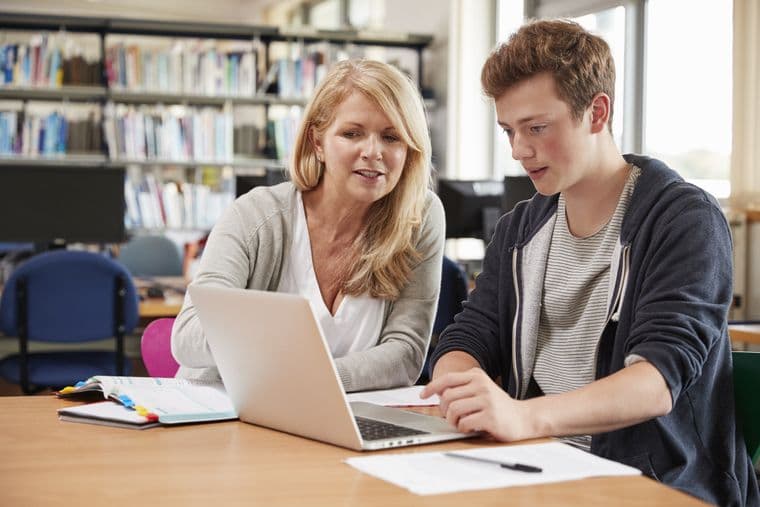Technology for children and young people with chronic tic disorders and Tourette syndrome recommended
Final guidance recommends one digital therapy to help children and young people manage their condition.

A digital therapy that could reduce the severity of the symptoms of chronic tic disorders and Tourette syndrome has been conditionally recommended for NHS use.
For the first time, a NICE committee has recommended a digital therapy for these conditions which developers believe could also improve the user’s ability to go about their everyday life.
We surveyed people with chronic tic disorders and Tourette syndrome, and their parents or carers, about their experiences and received 1,508 responses. In response some said that for most people it can take a long time to get a diagnosis (most people need to wait at least 6 months to 2 years). The acceptance of using digital technologies varied between people who completed the survey, but it highlighted present treatment options are limited.
Tics are fast, repetitive muscle movements that result in difficult to control body movements or sounds. Examples of tics might include blinking, grimacing, head jerking, head banging, finger clicking, coughing, grunting, sneezing, repeating a sound or phrase (in approximately 10% of people this can be something offensive, such as swearing). When both motor and vocal tics are present for more than 1 year, this is commonly known as Tourette syndrome.
In final guidance, our independent committee recommended the use of Online Remote Behavioural Intervention for Tics (ORBIT) by NHS patients for the next three years. Further evidence will be generated during this time on the technology’s long-term clinical effectiveness, how they affect the person’s quality of life, and which patients benefit most from using them.
ORBIT is accessed via a web browser and is an online guided self-help intervention which uses videos, animations and interactive scripts to help children and young people aged 9 to 17 years. It is supported by an online therapist across a 10-week programme to deliver a form of behavioural therapy called an exposure with response-prevention intervention, which involves practicing confronting the thoughts, images, objects, and situations that makes a person anxious and provokes their tic.
The technology would only be offered after clinical assessment with a GP. The first line treatment option will remain as psychoeducation, which combines the elements of cognitive-behaviour therapy and education, before the technology could be offered.
It is estimated that Tourette syndrome affects one school child in every hundred, with more than 300,000 children and adults in the UK living with the condition. Experts estimate less than 20% of children and young people with tic disorders currently have access to behavioural therapies.
Neupulse, which had been recommended in draft guidance, could not be recommended in final guidance as it does not have appropriate regulatory approval.
After the evidence generation period has concluded, our committee will meet again to appraise the clinical and cost effectiveness of the technology and publish new guidance.